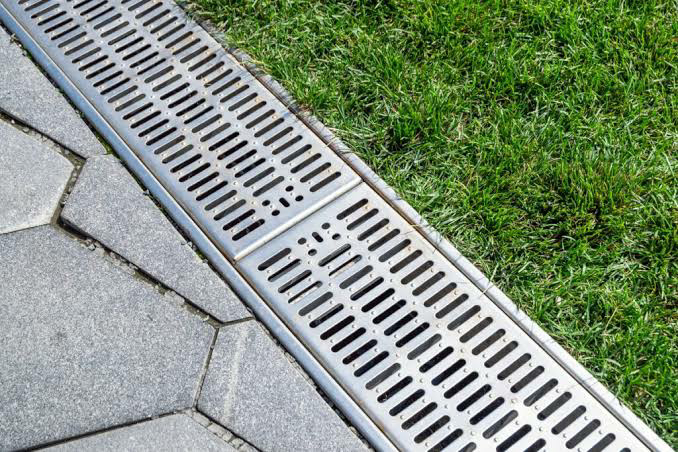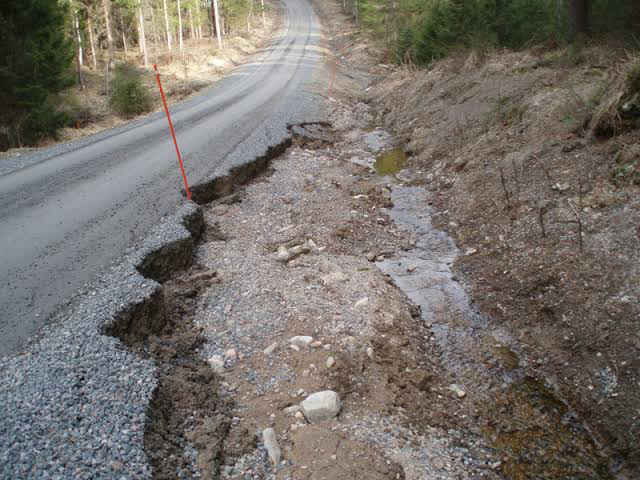Rain or Shine: The Importance of Effective Drainage in Infrastructure
Rain or shine, effective drainage is a cornerstone of resilient infrastructure. Managing water runoff is crucial for maintaining the integrity of roads, buildings, and various construction projects. In rainy conditions, efficient drainage systems prevent waterlogging, erosion, and potential structural damage. Conversely, in dry conditions, drainage infrastructure helps control the flow of water and mitigates the risk of soil erosion, ensuring stability over time.
Proper drainage is particularly vital in urban areas where impervious surfaces like roads and pavements limit natural water absorption. Stormwater runoff from heavy rain can lead to flooding, compromising infrastructure and disrupting daily life. Effective drainage systems, such as well-designed stormwater drains, culverts, and retention ponds, are essential for redirecting excess water away from vulnerable areas, safeguarding against flooding and minimizing the risk of water-related damage.
Moreover, in regions with varying climates, drainage systems play a crucial role in preventing damage caused by freeze-thaw cycles. Accumulated water in cracks and crevices can freeze during cold periods, expanding and potentially causing structural damage. A well-maintained drainage infrastructure prevents water from pooling and minimizes the impact of these cycles, preserving the longevity of roads, bridges, and other structures.
Beyond the immediate protection of infrastructure, effective drainage contributes to environmental sustainability. By managing water runoff, it helps prevent the contamination of natural water bodies with pollutants from roads and urban areas. Sustainable drainage practices, such as green infrastructure solutions and permeable pavements, aid in water purification, supporting ecosystems and contributing to overall environmental health.
In the face of climate change and increasing weather unpredictability, the importance of effective drainage becomes even more pronounced. Extreme weather events, including intense rainfall and prolonged droughts, pose significant challenges to infrastructure resilience. Thoughtful urban planning and the integration of advanced drainage systems become essential components in adapting to these changing conditions and ensuring the long-term sustainability of infrastructure.
Rain or shine, the significance of effective drainage in infrastructure cannot be overstated. It is a linchpin in preserving the structural integrity of roads, buildings, and other constructions, protecting against flooding, erosion, and freeze-thaw damage. Beyond its immediate role, proper drainage contributes to environmental sustainability, making it a crucial element in resilient and adaptive urban planning. As infrastructure continues to face the challenges of a changing climate, the role of effective drainage remains paramount in building a sustainable and robust future.
Effective drainage systems also play a pivotal role in safeguarding public health. Stagnant water resulting from poor drainage can become a breeding ground for mosquitoes and other disease-carrying vectors. By preventing water accumulation, drainage infrastructure helps mitigate the risk of waterborne diseases, promoting healthier communities. Additionally, well-designed drainage contributes to reducing the likelihood of water-related accidents, such as slips and falls, by preventing the formation of puddles and slippery surfaces.
Furthermore, in agricultural settings, efficient drainage is essential for optimizing crop yield and preventing soil degradation. Excessive water retention in fields can lead to waterlogged conditions, adversely affecting plant roots and overall crop health. Proper drainage systems, including subsurface drainage and contour bunds, allow farmers to manage water levels, ensuring optimal conditions for plant growth and minimizing the risk of crop loss due to water-related issues.
The economic impact of effective drainage cannot be understated. Infrastructure damage resulting from inadequate drainage can lead to costly repairs and disruptions. Flooded roads and damaged buildings not only pose safety hazards but also hinder transportation and commerce. Investing in robust drainage systems proves cost-effective in the long run, as it helps prevent extensive repairs and enhances the overall resilience of infrastructure against adverse weather conditions.
In the context of sustainable urban development, incorporating green infrastructure into drainage solutions is gaining prominence. Green roofs, permeable pavements, and rain gardens not only manage stormwater effectively but also contribute to urban biodiversity, air quality improvement, and enhanced aesthetic appeal. Integrating these nature-based solutions into drainage planning aligns with a broader shift toward eco-friendly and resilient urban landscapes.
In summary, rain or shine, the multifaceted importance of effective drainage in infrastructure encompasses public health, agricultural productivity, economic resilience, and sustainable urban development. By addressing the challenges posed by water runoff and weather variability, robust drainage systems become a linchpin in fostering resilient, adaptive, and thriving communities, ensuring that infrastructure can withstand the tests of time and environmental change.




Comments
Post a Comment